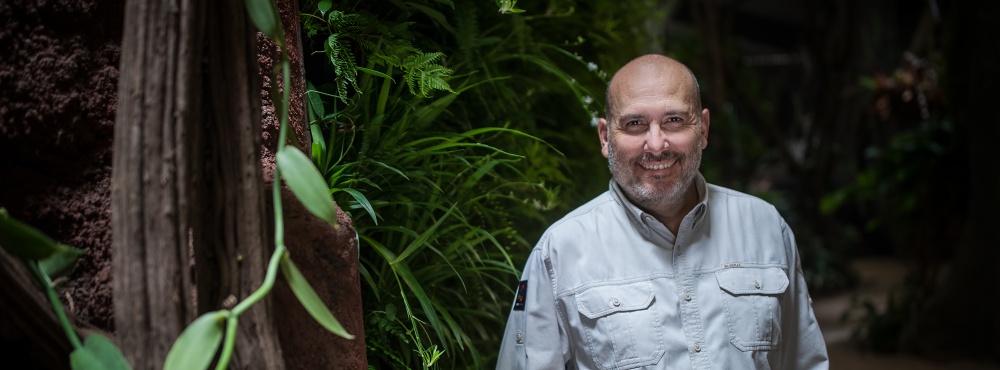First Zoo in Europe

Continued exploration with metal detectors close to the Sklenářka farmstead has, among other finds, turned up a copper counter coin dating to the year 1599 during the reign of Emperor Rudolf II (1552-1612). We will never know how it got there – it was probably due to some incredible coincidence – but in my mind, it embodies a link between the Zoo grounds and the eccentric Habsburg emperor and his times. A symbolic link.
Rudolf II was famous not just as a patron of the arts and a devotee of alchemy but also as an admirer of exotic animals. Rudolf’s great favorite was a lion named Mohammed, but he kept many, many more exotic creatures, often exceptionally attractive species, most of which we would certainly not have expected to see in Prague at the turn of the 16th and 17th centuries.
Lions had been kept at the courts of Czech monarchs ever since the reign of Vladislaus II (1125-1172), and some of our kings had boasted many other species of exotic fauna – Charles IV, for one, is reputed to have kept giant snakes of some sort – but it was the Habsburgs who elevated these menageries to a whole new level. Ferdinand I (1503-1564), Rudolf’s grandfather, and particularly Maximillian II (1527-1576), Rudolf’s father, laid out new gardens beyond the Deer Moat, established the Lion Court, spruced up the Royal Game Preserve, and set about making use of the game preserve around the Hvězda, or Star, summer palace. When it came to be Rudolf’s turn to rule, these three animal-keeping sites in Prague reached the zenith of their growth.
Where today you can find the Prague Castle Gardens, the Lion Court restaurant, and the Stromovka and Hvězda parks, you would once have come across an incredible variety of animals, among them antelopes, gazelles, camels, a wealth of exotic birds, as well as cheetahs and a great ape (perhaps an orangutan). The principal site for keeping and breeding the most attractive species was undoubtedly the Lion Court. Rudolf had it converted into a facility with outdoor enclosures and heated sleeping quarters for the animals. He even added a viewing gallery, which was opened to the public from time to time. In this way, Rudolf’s menagerie – and especially the Lion Court – effectively satisfied the definition of a zoological garden.
But when Rudolf II died, the course of history took a turn. Both the Lion Court and the other parts of his private menagerie languished or faded away completely. The distinction of being the oldest zoo in Europe has, in the end, fallen to Vienna’s Tiergarten Schönbrunn, which was founded in 1752 – also by the Habsburgs, and also as a menagerie. Prague, lagging behind most other European capitals, did not get its own zoological garden until 1931.
There are other links and associations that could be unearthed between Rudolf II’s menagerie and the Prague Zoo of today than just that counter coin discovered near the Sklenářka farmstead. For example, Rudolf’s “zoo” – that is to say, the farthest point of his pheasantry – extended all the way to today’s Imperial Island, a stone’s throw from our zoo. Also, that quartet of cheetah cubs we have taken to billboards and the media to show off – those are carnivorans Rudolf II kept in his menagerie, too. Moreover, we are planning to import lions, which will be looked after by some of our women zookeepers – just like the Habsburg lions were looked after by a succession of women – namely, Ludmila Nebeská, her daughter Otýlie, and Laurenciana Pylmannová. All this, however, changes nothing about the fact that Europe’s oldest zoological garden is not to be found here in Prague, but on the grounds of Vienna’s Schönbrunn Palace.
That is all the more reason for us to put our shoulders to the wheel. Last year, we succeeded in breeding 228 species of amphibians, reptiles, birds, and mammals, and we welcomed as many as 1,382,243 visitors. Let us have confidence that this year – whose high season started last Saturday – will witness comparable success and see us maintain our excellent position among the best zoological gardens in Europe and the world at large.
ZOOPRAHA.CZ
Contacts
- The Prague zoological garden
U Trojskeho zamku 120/3
171 00 Praha 7
Phone.: (+420) 296 112 230 (public relations department)
e-mail: zoopraha@zoopraha.cz
Others








